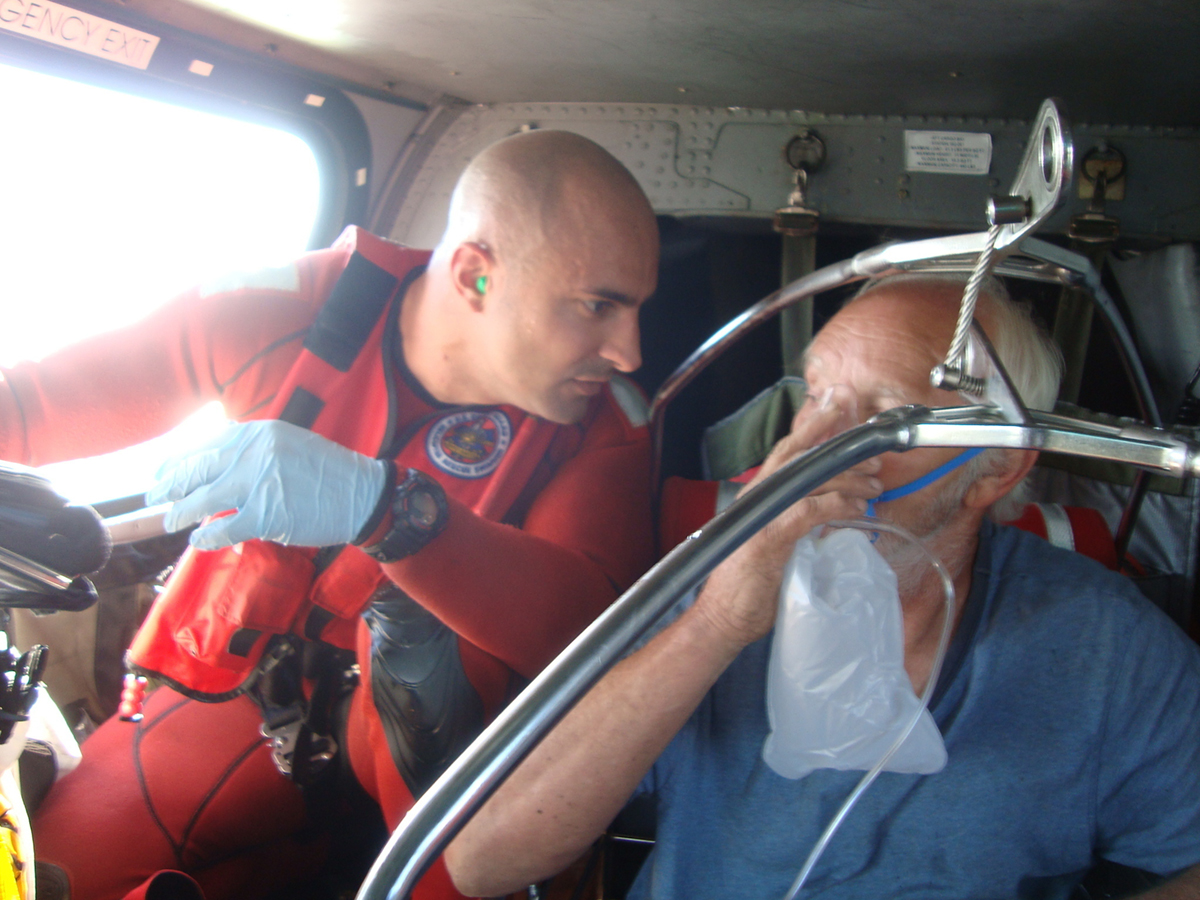
Introduction to Stroke
Stroke, also known as cerebrovascular incident, is a serious medical condition that usually leads to permanent loss of certain functions and serious sequelae. Normally blood is delivered to all parts of the brain. In stroke there is a blockage of certain blood vessels and the cease in blood supply. Since the brain is highly sensitive to the lack of oxygen nerve cells deprived from blood supply soon die and this leads to specific loss of brain functions which generally depends on the part of the brain that is affected. The loss of function is permanent since neurons (brain cells) cannot regenerate or be replaced with new cells. Apart from the previously mentioned ischemic stroke, people may also develop hemorrhagic stroke. In such case there is a leakage of blood from damaged blood vessels, edema of the affected and surrounding tissues and the results are quite similar to those in ischemic stroke because the brain suffers the damage and loses some of its functions.Characteristic Symptoms and Signs of Stroke
In both genders stroke typically features with sudden headache (usually severe headache) speech impairment or impaired comprehension, numbness/weakness of one side of the body (partial or total), mental confusion, blurred vision, dizziness and problems with balance or coordination. These symptoms develop suddenly.
Characteristics and Symptoms of Stroke in Women
In women symptoms and signs of stroke may differ from the typical ones. Stroke in women, for example, may be vague and hard to notice. This explains why stroke in some women may remain undiagnosed and not treated timely.
Some symptoms and signs of stroke in women are considered atypical. They can be quite different from usual symptoms and lead the doctor to suspect some other medical condition.
One of many atypical symptoms of stroke that affect women is shortness of breath. Shortness of breath is generally associated with heart or lung conditions and almost never with stroke. Furthermore, in women suffering from stroke the condition may lead to seizures. Seizures develop due to damage of the brain tissue and irregular transmission of electrical impulses (excessive excitation of brain cells). Fainting and unconsciousness are two more symptoms that affect women suffering from stroke.
Apart from the previously mentioned there are several more symptoms of stroke that are not so typical but may occur. They include fatigue, chest pain, hiccups, nausea and pain that can affects various parts of the body (arms, legs or face).
It is estimated that a lot of women actually develop these atypical symptoms and signs of stroke. Therefore, it takes more time for the doctor to set the correct diagnosis. This is why it is essential to be familiar even with atypical presentation of the condition and this way confirm the illness on time. Only in this way the treatment will be applied quickly and some of many potential complications can be timely prevented.







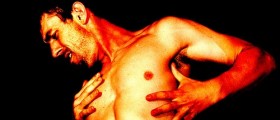



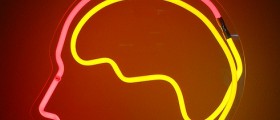


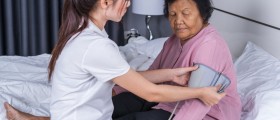
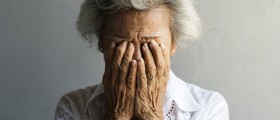
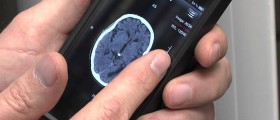
Your thoughts on this
Loading...